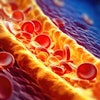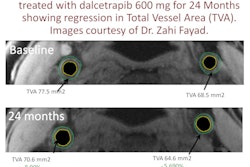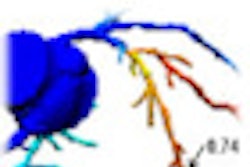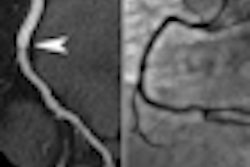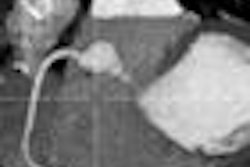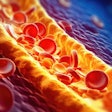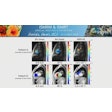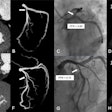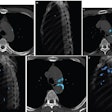Dear Cardiac Imaging Insider,
Coronary CT angiography (CCTA) has traditionally focused on the detection of obstructive coronary artery disease, mirroring the task of invasive coronary angiography with regard to the diagnosis of significant stenosis.
But a research team from Los Angeles, aided by colleagues in several other centers, decided to examine the role of nonobstructive coronary artery disease as detected on CCTA -- e.g., stenoses 50% or less -- in death and adverse events.
Following more than 18,000 patients for upward of two years after CCTA, the research team found that even a little plaque can be a very bad thing. Get the results in this issue's Insider Exclusive, which you can find by clicking here.
In other news, researchers in Connecticut are learning that cardiac imaging guidelines really do reduce the incidence of inappropriate SPECT myocardial perfusion imaging exams. Appropriateness criteria developed in 2009 by the American College of Cardiology and the American Society of Nuclear Cardiology performed fairly well for certain indications, they said in a story you'll find here.
From Duke University comes word that intra-aortic balloon pumps don't reduce infarct size in patients with ST elevation myocardial infarction, in a story you can access here.
Finally, another study looks at fractional flow reserve measurement as a potential game-changing exam that can assess cardiac function along with coronary artery patency in CCTA. Be sure to scroll down for the rest of the cardiac imaging news in your Cardiac Imaging Digital Community.

